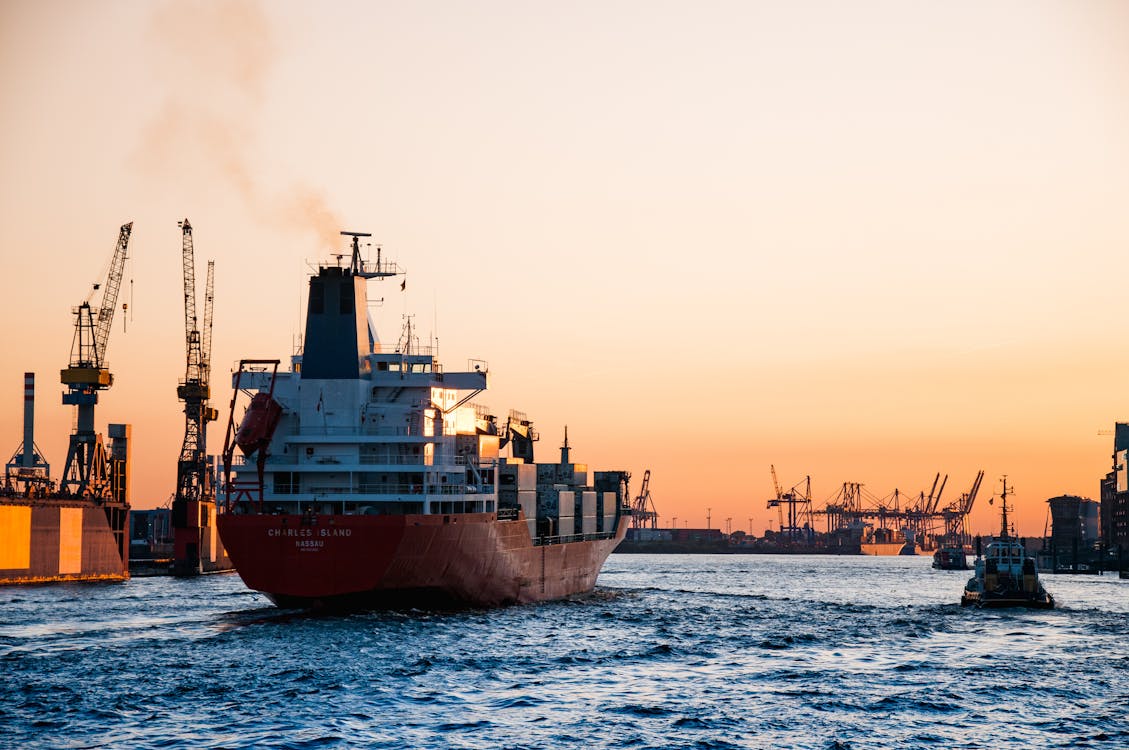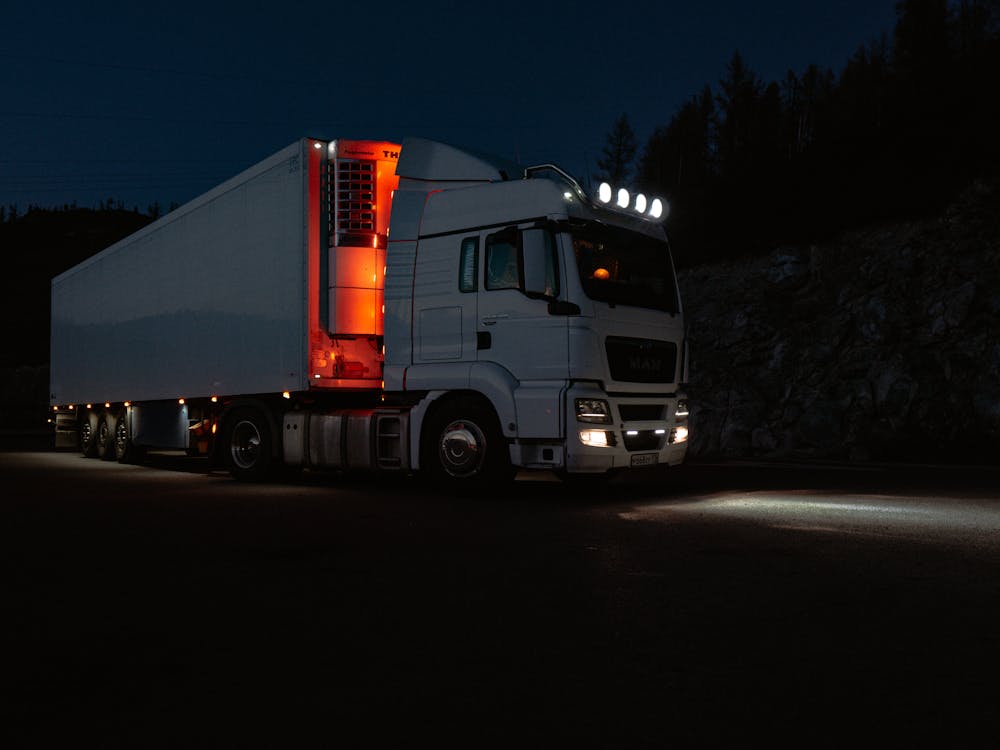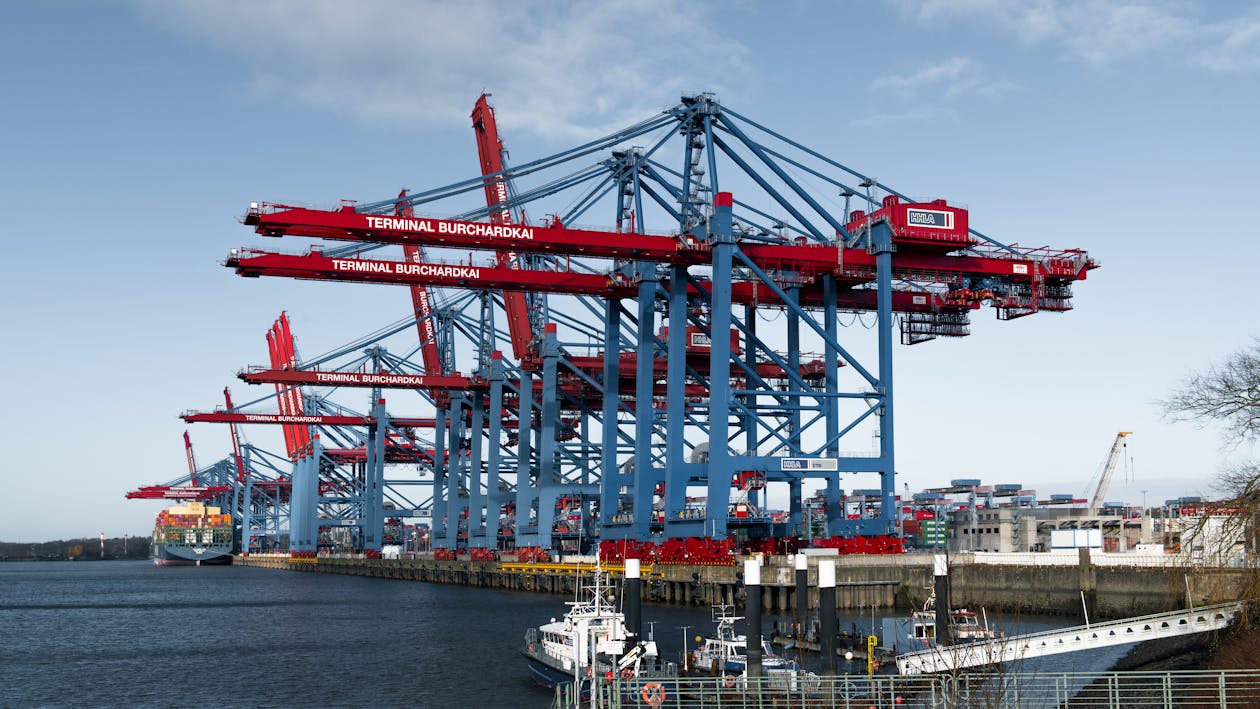Several weeks have passed this year, and many updates and new trends have occurred across the global shipping industry. From new container ship technology to upcoming new regulations, Tradecorp USA keeps on paying attention to them to keep up with the times.
Also Read: Reefer Containers: Key Component of Cold Chain Industry in 2025
January-February 2025 Shipping Industry Updates
In this compilation, Tradecorp has gathered several updates concerning the industry’s recent developments. Let’s dive into them one by one!
Hyundai’s Latest Nuclear-powered Container Ship

While nuclear-powered merchant ships have existed since the 1960s, their numbers are far smaller than their conventional counterparts. Nuclear reactors for merchant ships can be expensive to build, which makes them a relatively rare sight on the high seas.
Yet, builders keep perfecting the technology, as proven by HD Korea Shipbuilding & Offshore Engineering’s latest invention. This month, the company introduced a container carrier prototype powered by a small modular reactor (SMR).
To ensure its performance in the global shipping industry, the prototype uses a design with 15,000 TEU (twenty-foot equivalent unit). With approval in principle from the American Bureau of Shipping, HD Korea aims to meet the future goals of building carbon-free merchant ships.
According to the prototype ship’s design, the SMR uses a smaller space than a regular container ship engine. As a result, merchants can load more containers into the space once used to house the large ship engine.
Furthermore, HD Korea said they also incorporated features including a double-tank system that uses light water and stainless steel as construction materials. With these, the system can prevent radiation leaks that can contaminate the cargo and damage the ship.
To make the design even better, HD Korea also used a supercritical carbon dioxide-based propulsion system thanks to its cooperation with Baker Hughes. With this propulsion, the ship can boost its thermal efficiency by 5%.
Aging Container Ship Fleets

Although they can last decades, it’s only a matter of time before even the sturdiest cargo ships in the global shipping industry become older and more fragile.
In their latest findings, shipbroker Xclusiv said the global bulk carrier fleet consisted of 14,109 vessels in January 2025. Among these vessels, 1,856 vessels (13% of the entire fleet) are at least 21 years old, while 2,269 vessels are 16 to 20 years old.
While there has been no significant change in the fleet’s ships constructed in the past 5 years, the fleet’s MR1 (medium range 1 tanker) ships are among the fleet’s oldest ships. In this development, builders only received 63 orders for new MR1 ships, insufficient to replace the existing ships.
A similar trend of aging ships also occurs in other ship categories including the Panamax/LR1 and Aframax/L2 ships. However, while there are only 69 orders for new LR1 vessels, the L2 ship category has at least gained new 225 ongoing orders.
Meanwhile, China is set to lead the global shipbuilding industry thanks to its significant hold over the global fleet. Apart from its control of ships over 10,000 DWT, Chinese yards also control over 50% of orders for new ships.
Although rumors said the new Trump administration will prohibit this growth by implementing restrictions, their effectiveness remains unknown considering how many Western companies are going to be affected.
Expectations from the Upcoming 18th IMO Meeting

Shipping emissions have always been a headscratcher in the global shipping industry, and many countries will assemble to discuss the issue in a UN meeting starting from February 17 to 21.
Over 50 countries with major involvement in the global shipping fleet with attend the meeting to propose to charge a flat fee for commercial vessels for each ton of carbon emission.
According to the Secretary General of the International Chamber of Shipping (ICS) Gu Platten, implementing the levy will become the most effective and pragmatic way to achieve the rapid energy transition goals in the shipping industry.
While the participants haven’t finalized the levy, it’ll probably span between $150 and $300 per ton of greenhouse gas, according to a 2024 study by the UN Trade and Development (UNCTAD).
Even so, the study said the levy will only become effective if its income is distributed properly to countries most vulnerable to climate change.
If the meeting succeeds, participant countries will finalize the decision in April and implement the agreed levy globally in 2027.
Thermo King’s Latest Breakthroughs

In its effort to reduce the customer’s carbon footprint by one gigaton in 2030, cold chain leader Thermo King launched its latest TracKing Smart Trailer telematics this month.
With this new telematics, users can use features like its antilock brake system health monitor and trailer backing camera to prevent accidents. The telematics also has brake monitoring and lights-out detection to prevent regulatory violations.
Based on Thermo King America president Adam Wittwer, Smart Trailer can help fleet operators make better and wiser decisions during work. Wittwer also emphasized Smart Trailer’s ability to help operators operate longer on the roads and businesses stay competitive.
Overall, Smart Trailers enhances operational efficiency by providing remote monitoring, diagnostics, and real-time alerts for all key trailer components. Advanced GPS tracking allows for live trip monitoring and route history, while multiple wireless sensors ensure accurate cargo temperature readings within +/- 0.9°F.
By offering predictive maintenance and regulatory compliance, the telematics system helps increase uptime and reduce unplanned stops. A fleet health dashboard tracks critical components like tire pressure, brake health, and temperature, allowing for proactive maintenance.
Also Read: Preparing for 2025 Shipping Industry Trends: An Outlook
Conclusion
Since the global shipping industry always develops forward, it’s only wise if shipping container builders follow these trends to improve their product lineups. Tradecorp, for example, always designs its shipping containers to meet ongoing industry challenges and trends. With products ranging from standard to refrigerated containers, Tradecorp is ready to satisfy all customer’s needs. Order one of them via our quote form today!


